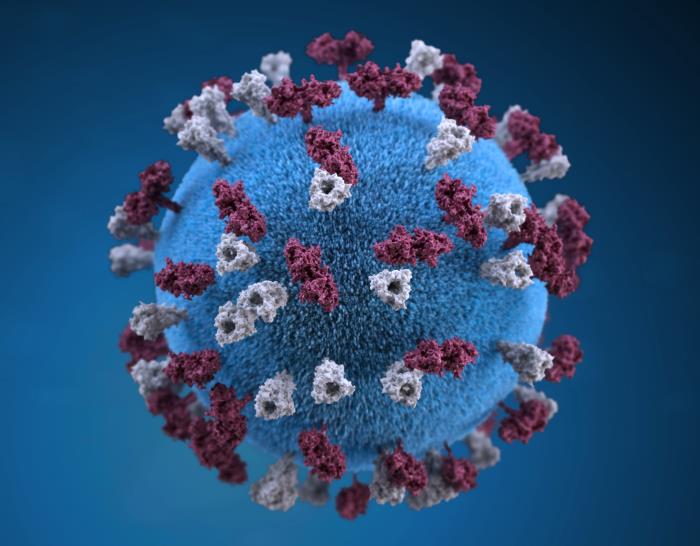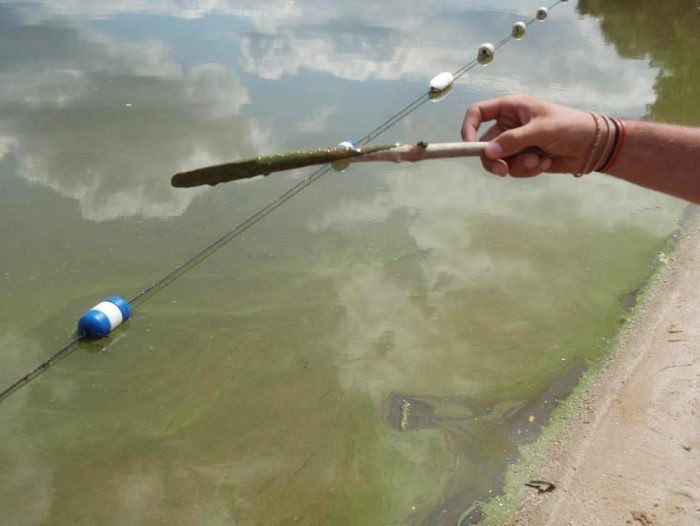By Daniel Dunaief
Suffolk County reported its first case of measles in a child since 2017 this week, as an unvaccinated person under five years old contracted the infectious disease.
Suffolk County health officials are working with the New York State Department of Health and Northwell Health and are taking steps to prevent the spread of the disease.
The case of measles in Suffolk County is the third in the state and comes as Texas has had over 200 confirmed reports of measles since January, with 29 hospitalizations, according to the Texas Department of State Health Services.
“Measles can be very serious,” State Health Commissioner Dr. James McDonald said in a statement. “It’s much more than just a rash as complications can include pneumonia and inflammation of the brain, and often results in hospitalization.”
Officials indicated that residents could have been exposed to the person with measles at the pediatric emergency department at Cohen Children’s Medical Center in Queens from March 3rd to March 4th.
Patients who visited an inpatient child on the Medicine 3 unit from March 3rd to March 6th also could have had exposure.
The Cohen Children’s Medical Center, which is run by Northwell Health, is reaching out to patients who were at the center during the time of exposure. The Center has also identified patients who are high risk and may require timely treatment.
“As we follow this case and closely monitor potential exposures, we strongly encourage all residents to protect their health and the health of our youngest and most vulnerable residents by ensuring they are on time and up to date their measles vaccines and all recommended and lifesaving immunizations.” said Dr. Gregson Pigott, Suffolk County Commissioner of Health Services, said in a statement.
The incubation period for measles, which is spread by coughing or sneezing into the air, is 21 days, with symptoms that can include high fever, cough, runny nose and red, watery eyes. The best way to prevent measles, according to health officials, is to get the MMR vaccine. One dose is 93 percent effective at preventing measles, while two doses are about 97 percent effective.
Doctors recommend that residents receive their first dose at 12 to 15 months of age and the second at four to six years of age.
Measles during pregnancy increases the risk of early labor, miscarriage, and low birth weight infants.
Separately, area officials found two dead raccoons tested that positive for rabies in Amityville and North Amityville on March 4th and January 28th, respectively.
These are the first confirmed cases of rabid raccoons in the county since 2009
These animals had no known contact with humans or animals.
“We have over 1.5 million residents [in Suffolk County] and it’s not good to have raccoons running around with rabies,” said Pigott. These animals can get in a fight and can transmit the rabies virus to other animals or to humans.
Left untreated, rabies, which has early symptoms including irritability, headache, fever and itchiness at the site of exposure, can be lethal.
People can contract rabies if they are exposed to saliva or nervous tissue of a rabid animal through a bite.
Pigott urged pet owners to ensure their animals are vaccinated for rabies. He also suggested that people take safety measures when they are out among animals. He asks those living in Huntington, Islip, Smithtown or Babylon to contact the Department of Health Services if they encounter a dead raccoon.






